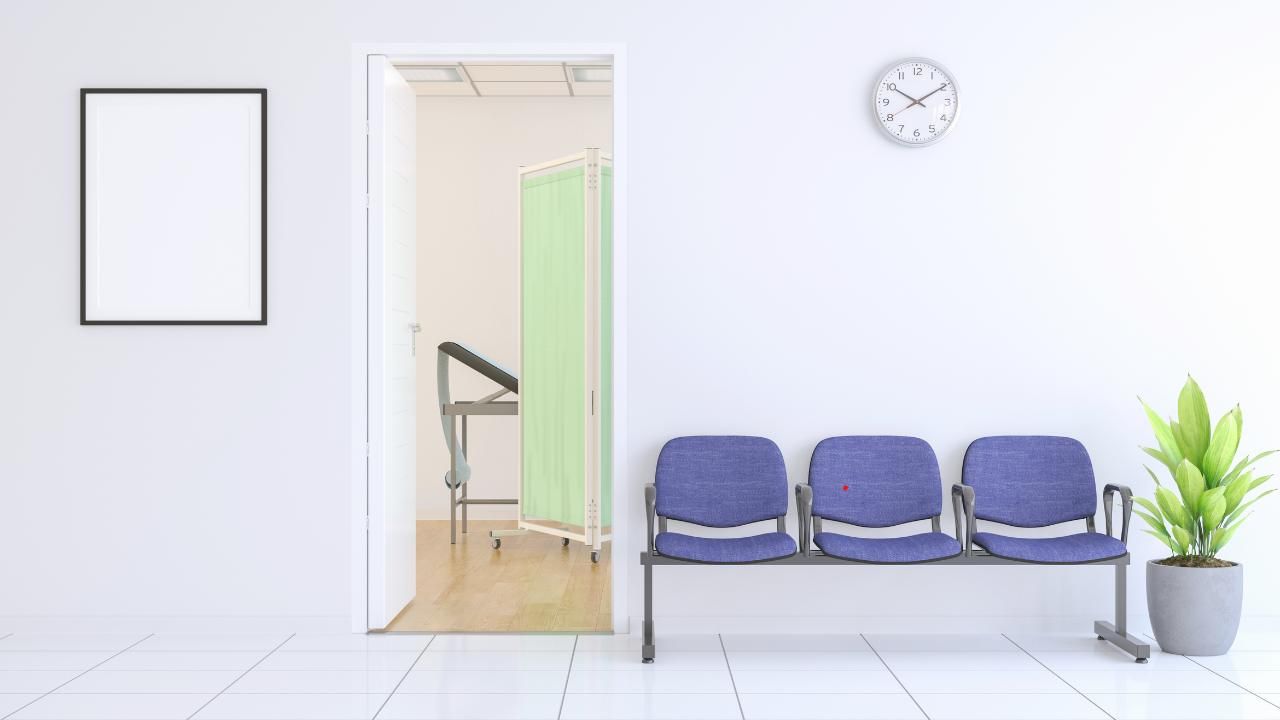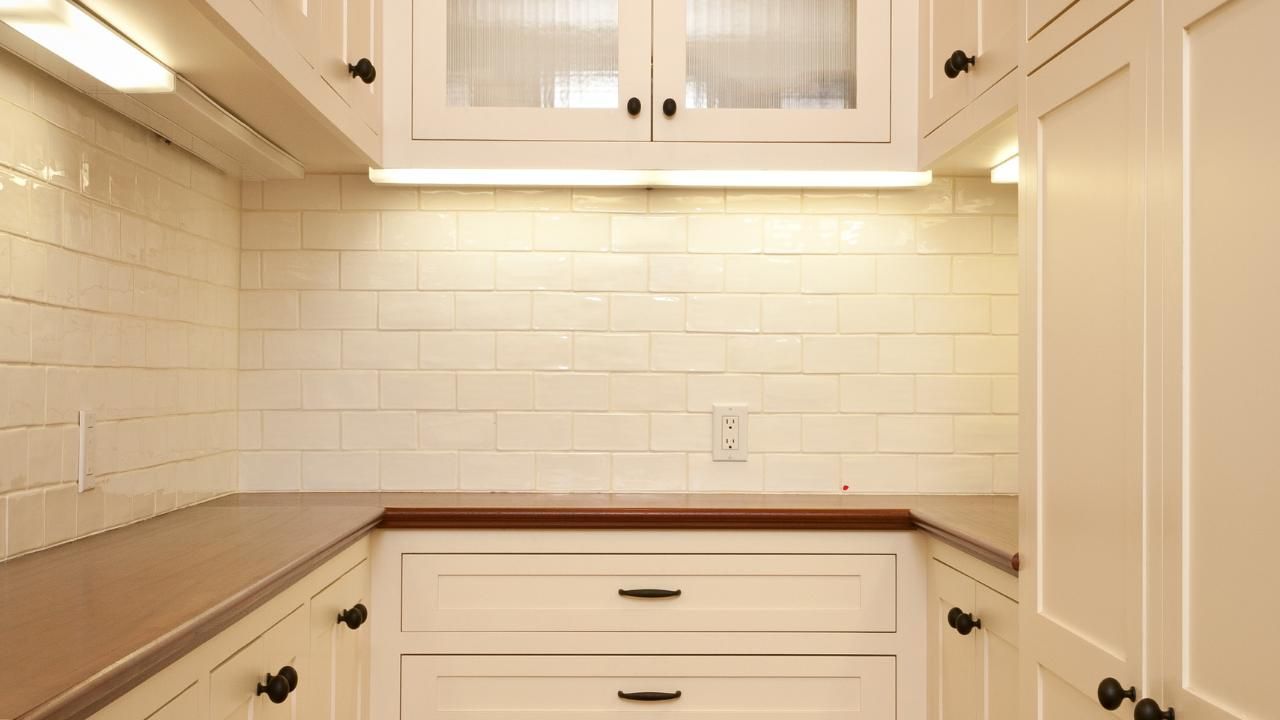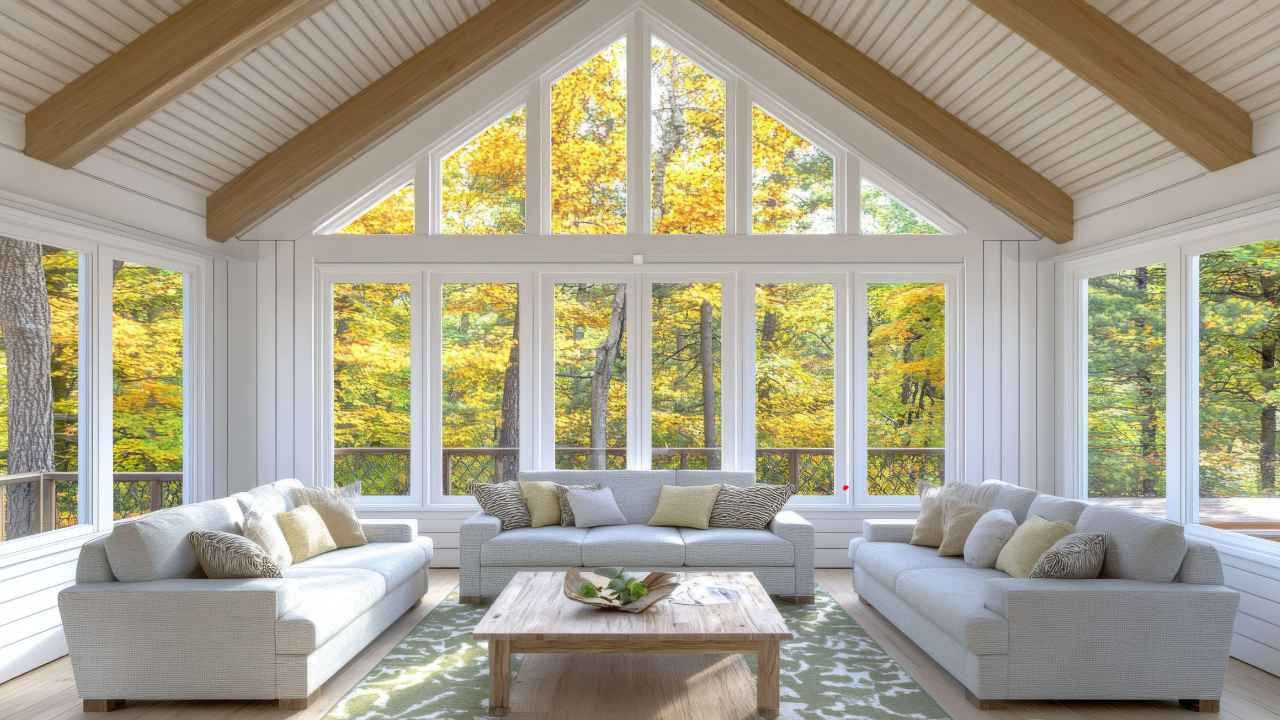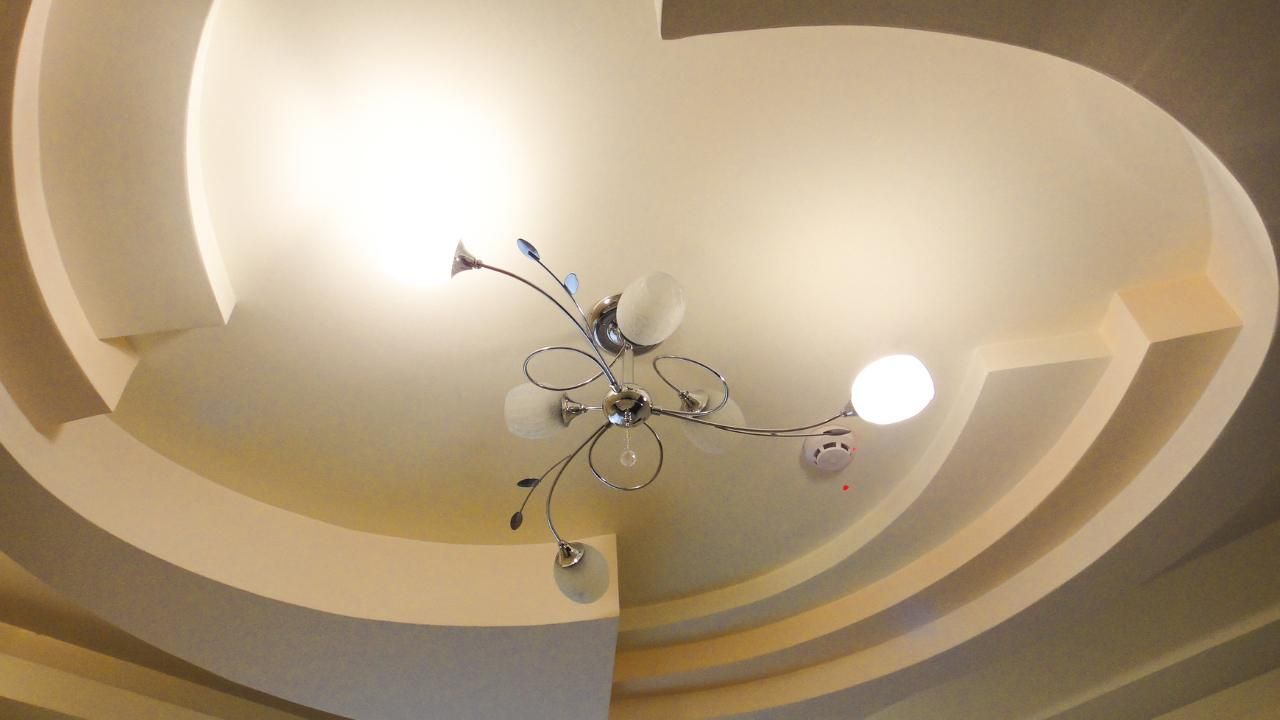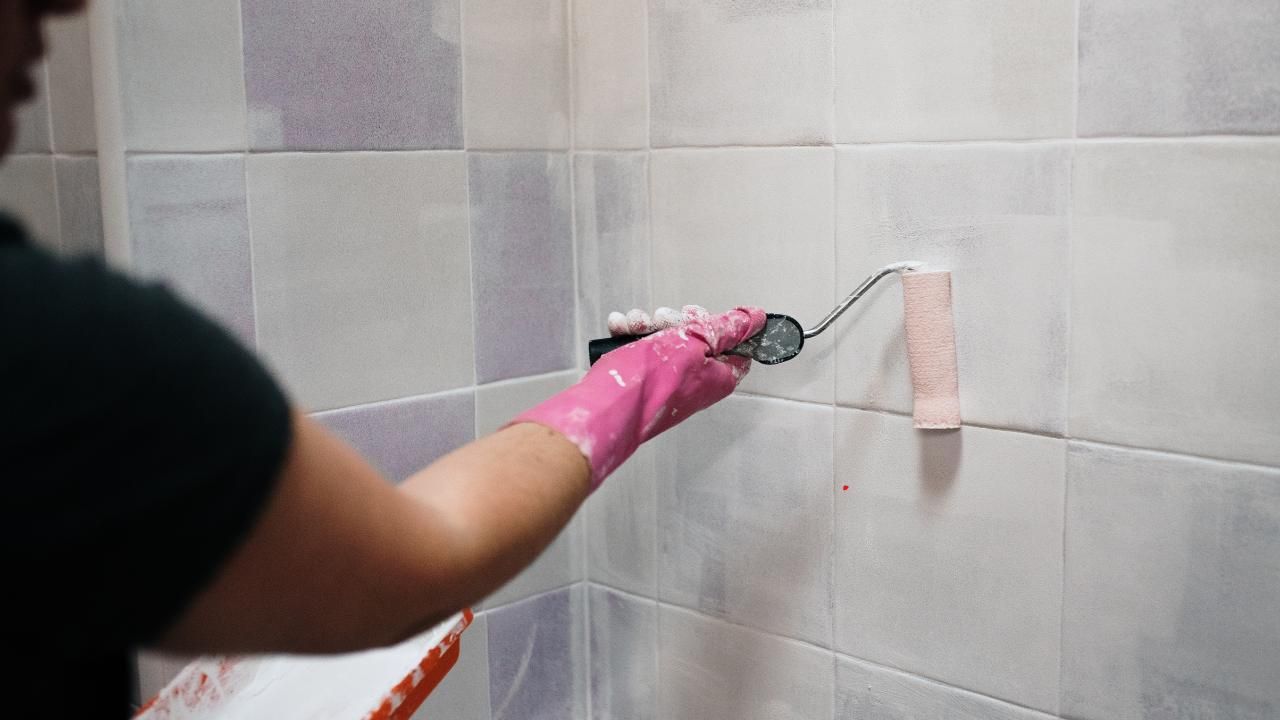How to Choose the Right Fence for Your Property
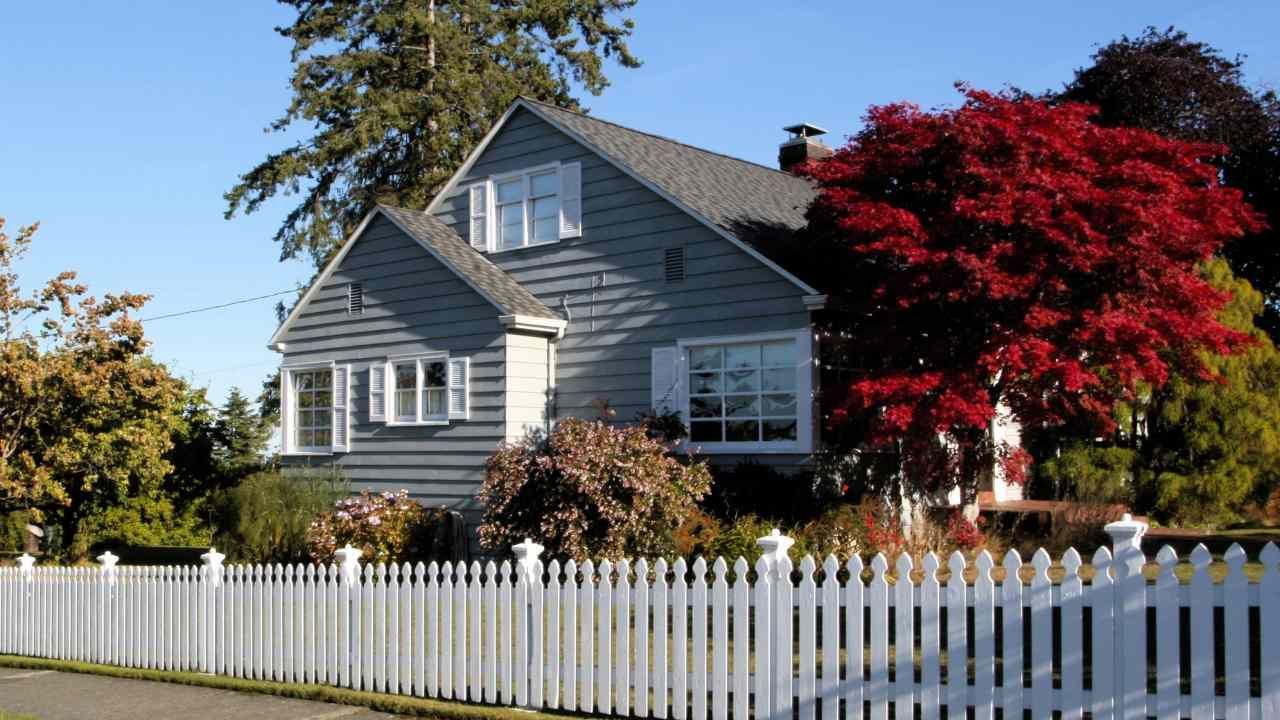
When it comes to enhancing your home’s curb appeal, privacy, and security, choosing the right fence is more than just picking a style—it’s about finding the perfect match for your lifestyle, property, and local conditions. With so many options available, how do you know which fence is best?
In this article, we’ll walk you through the key considerations to help you choose the right fence for your property—from practical functions to design details—so your investment pays off for years to come.
1. Define Your Main Purpose
Before choosing materials or designs, ask yourself: Why do I need a fence?
Your answer will shape every decision that follows. Common goals include:
- Privacy – If neighbors are nearby or you live on a busy street, consider taller fences like wood or vinyl panels that block sightlines.
- Security – For safety, especially with kids or pets, metal fences with locking gates are popular.
- Curb Appeal – Decorative fences, like ornamental iron or picket fencing, can frame your landscape while adding charm.
- Noise Reduction – Solid panel fences can help minimize traffic or neighborhood noise.
- Boundary Marking – Sometimes, you just need a simple border. Chain-link or split rail fencing can do the job without overwhelming your yard.
Clearly defining your goal upfront will keep you from overspending—or underprotecting.
2. Choose a Material That Fits Your Climate and Maintenance Needs
Fence materials vary widely, and each comes with its pros and cons:
- Wood – Classic and warm, wood offers excellent privacy and design flexibility. However, it requires regular sealing or staining to prevent rot or warping—especially in damp climates.
- Vinyl – A low-maintenance alternative to wood, vinyl resists rot, insects, and UV damage. It’s ideal if you want a long-lasting fence without the upkeep.
- Metal (Aluminum, Steel, Wrought Iron) – Durable and secure, metal fences add a touch of elegance. Aluminum resists rust, making it suitable for wet areas.
- Composite – Made from recycled materials, composite mimics wood but is more resistant to fading and cracking.
- Chain Link – Affordable and functional, chain-link works well for containment, especially in larger yards or for pets.
In Eugene, Oregon, where rain is a year-round factor, weather-resistant materials or proper protective coatings are essential—not just for fencing, but for all outdoor features. For example, Ash Painting, known for their skilled painters Eugene Oregon residents trust, often advise homeowners to protect wooden fencing with high-quality sealants or paints that withstand the region’s moisture.
3. Check Local Codes and HOA Rules
Before you dig post holes, check with your city or county for fence regulations. These may include:
- Maximum height restrictions
- Setback rules (how far your fence must be from property lines)
- Material or design limitations
If you live in a neighborhood governed by a homeowners association (HOA), review their guidelines, too. Installing a fence that doesn’t meet code can be an expensive mistake—and might have to be removed entirely.
4. Match the Fence Style with Your Home
A fence should feel like a natural extension of your home’s architecture and landscaping. For instance:
- Colonial homes pair beautifully with white picket fences.
- Modern homes benefit from horizontal slats or mixed-material fencing.
- Rustic homes look great with split rail or stained cedar.
Color also matters. If you’re building a fence and repainting your exterior, coordinate both projects. Whether you’re refreshing your trim or sealing new wood, having painters on-site during your fence building process can save time and ensure a polished finish.
Case Study: Privacy Fence with a Personal Touch
When the Morrisons moved into their new home on the outskirts of Eugene, they needed privacy from a nearby walking trail. They opted for a six-foot cedar fence with a custom stain color that matched their deck. Working with a local fence builder and hiring Ash Painting to finish the job, they achieved a seamless look that was both functional and stylish. “It completely transformed our backyard,” they said. “Now we enjoy it more than ever.”
Final Thoughts
Choosing the right fence comes down to understanding your priorities and aligning them with the right materials, style, and local guidelines. When in doubt, don’t be afraid to consult professionals—from fence installers to painters—to help you bring your vision to life.
Ready to enhance your home with the perfect fence? Start by listing your goals and exploring design ideas that fit your property’s personality and needs. Contact us today to get started!

